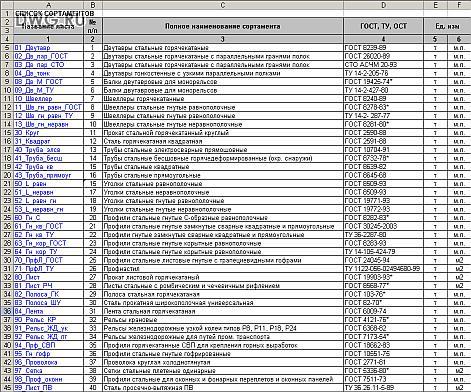
Raschet Shvellera Na Progib Kaljkulyator
Pascal's calculator (also known as the arithmetic machine or Pascaline) is a mechanical calculator invented by Blaise Pascal in the early 17th century.
Top view and overview of the entire mechanism Pascal's calculator (also known as the arithmetic machine or Pascaline) is a invented by in the early 17th century. Pascal was led to develop a calculator by the laborious arithmetical calculations required by his father's work as supervisor of taxes in. He designed the machine to add and subtract two numbers directly and to perform multiplication and division through repeated addition or subtraction. The lost tower watch.
Pascal's calculator was especially successful in the design of its, which adds 1 to 9 on one dial, and when it changes from 9 to 0, carries 1 to the next dial. His innovation made each digit independent of the state of the others, which enabled multiple carries to rapidly cascade from one digit to another regardless of the machine's capacity. Pascal was also the first to shrink and adapt for his purpose a, used in and, which could resist the strength of any operator input with very little added friction.
Pascal designed the machine in 1642, and after 50, he presented it to the public in 1645, dedicating it to, then. Pascal built around twenty more machines during the next decade, many of which improved on his original design. In 1649, King gave Pascal a (similar to a ), which gave him the exclusive right to design and manufacture calculating machines in France. Nine Pascal calculators presently exist; most are on display in European museums.
Many later calculators either were directly inspired by, or shaped by the same historical influences which led to, Pascal's invention. Invented his after 1671, after trying to add an automatic multiplication feature to the Pascaline. In 1820, designed his, the first mechanical calculator strong enough and reliable enough to be used daily in an office environment. It is not clear whether he ever saw Leibniz's device, but he either re-invented it or utilised Leibniz's invention of the step drum. Input wheel The calculator had spoked metal wheel dials, with the digit 0 through 9 displayed around the circumference of each wheel.
To input a digit, the user placed a stylus in the corresponding space between the spokes and turned the dial until a metal stop at the bottom was reached, similar to the way the of a telephone is used. This displayed the number in the windows at the top of the calculator.
Then, one simply redialed the second number to be added, causing the sum of both numbers to appear in the accumulator. Each dial is associated with a one-digit display window located directly above it, which displays the value of the accumulator for this position. The complement of this digit, in the base of the wheel (6, 10, 12, 20), is displayed just above this digit. A horizontal bar hides either all the complement numbers when it is slid to the top, or all the direct numbers when it is slid toward the center of the machine. It thereby displays either the content of the accumulator or the complement of its value. Since the gears of the calculator rotated in only one direction, negative numbers could not be directly summed. To subtract one number from another, the method of was used.
The only two differences between an addition and a subtraction are the position of the display bar (direct versus complement) and the way the first number is entered (direct versus complement). For a 10-digit wheel (N), the fixed outside wheel is numbered from 0 to 9 (N-1).
The numbers are inscribed in a decreasing manner clockwise going from the bottom left to the bottom right of the stop lever. To add a 5, one must insert a stylus between the spokes that surround the number 5 and rotate the wheel clockwise all the way to the stop lever. The number displayed on the corresponding display register will be increased by 5 and, if a carry transfer takes place, the display register to the left of it will be increased by 1. To add 50, use the tens input wheel (second dial from the right on a decimal machine), to add 500, use the hundreds input wheel, etc.
On all the wheels of all the known machines, except for the machine tardive, two adjacent spokes are marked; these marks differ from machine to machine. On the wheel pictured on the right, they are drilled dots, on the surveying machine they are carved; some are just scratches or marks made with a bit of varnish, some were even marked with little pieces of paper. These marks are used to set the corresponding cylinder to its maximum number, ready to be re-zeroed. To do so, the operator inserts the stylus in between these two spokes and turns the wheel all the way to the stopping lever. This works because each wheel is directly linked to its corresponding display cylinder (it automatically turns by one during a carry operation). To mark the spokes during manufacturing, one can move the cylinder so that its highest number is displayed and then mark the spoke under the stopping lever and the one to the right of it. Four of the known machines have inner wheels of complements, which were used to enter the first operand in a subtraction.